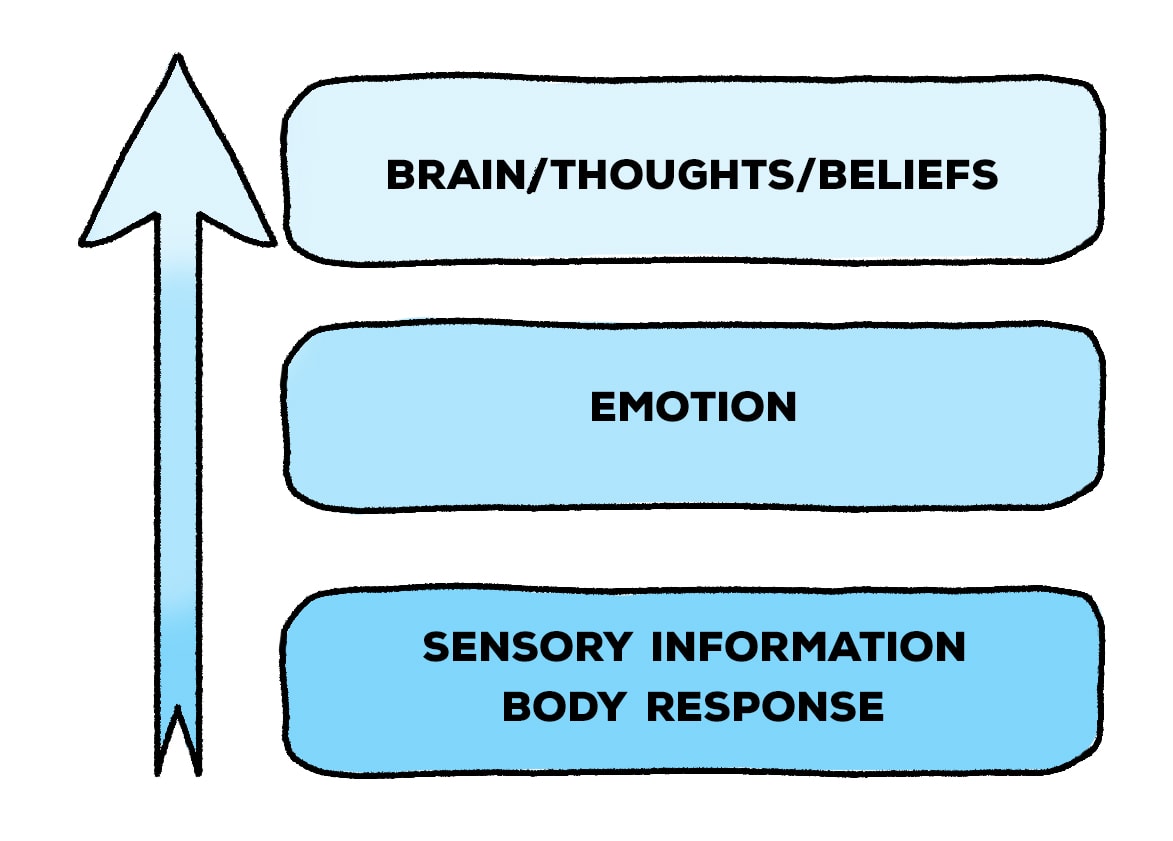Bottom-up processing is a form of information processing that involves stimuli are interpreted or understood starting with the smallest aspects and progressing to more complex concepts. This is different from top-down processing, which is based on forming an overall impression, and then seeking evidence to support this idea. Visual processors of the city’s streets may first get the impression that it is noisy, chaotic and packed. To confirm this it is possible to be looking for signs like the people rushing through crowds or noises emanating from nearby cars.

Because bottom-up processes tend to be more data-driven and analytical It has been extensively studied in relation to certain cognitive functions, including perception and memory. However, it is also able to play an important role in other areas of our lives like decision making or creative pursuits such as design or art. Bottom-up processing, when utilized correctly and strategically can aid in solving problems and provide greater insight into difficult situations. So, despite the somewhat negative stigma in academic circles bottom-up processes are extremely helpful in understanding our surroundings as well as our personal inner workings.
The brain’s intricate functions are central to all our thoughts and actions. These complex brain processes play an important role in everything including memory and intelligence to mood and behaviour. Bottom-up processing is among the most important ways to influence brain functioning. This describes how information is processed by nerve cells or neurons and then via interconnected neural pathways that eventually affect higher cognitive functions such as perception and attention. Not only has research shown that this process can have dramatic effects on phenomena like memory and learning, but it could also be extremely effective in treating illnesses ranging from schizophrenia to Alzheimer’s. It is possible to unravel some of these mysteries by understanding brain’s functions from the ground up. This will enable us to create new and powerful tools for neuroscience and healthcare.
Bottom-up processing is the way our brain process information. Instead of top-down processing which is more concerned with incorporating expectations and prior knowledge into the process of learning. Bottom-up processing is based on data that is new and unstructured. Focusing on distinct elements in the learning process including basic words and sounds to advanced concepts and concepts, bottom-up processing has proven to be an extremely effective method for students of all levels.
Bottom-up processing provides one advantage: It allows us to examine each piece of information in its entirety as it comes into the system, and also allow us to step back. This helps us keep our attention on the material we’re studying, making us more motivated to acquire new knowledge or improve existing ones or even identify mistakes or areas to improve. Additionally, by highlighting how various parts of information are linked through logical chains or networks This method helps us to see how the various pieces fit together in order to aid in understanding at an even deeper level. Engaging in a bottom-up approach can assist us to become better learners as well as more effective communicaters.
For more information, click Bottom up processing
